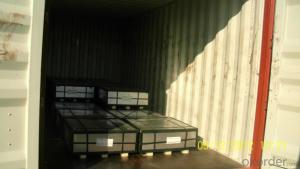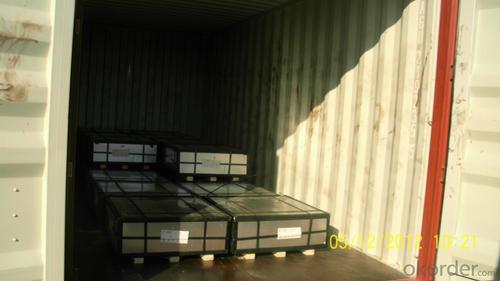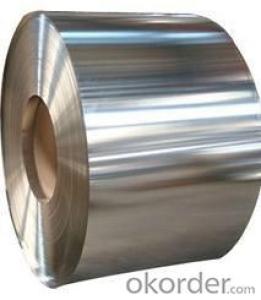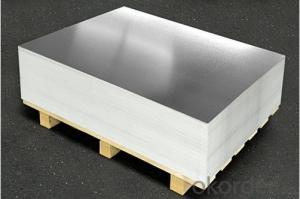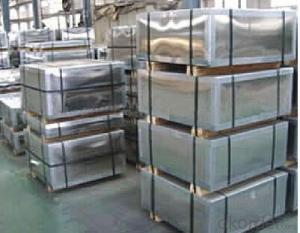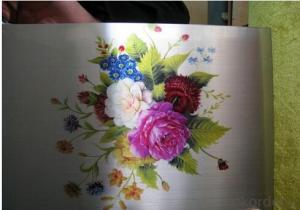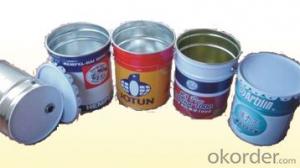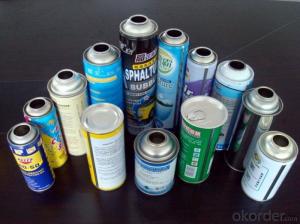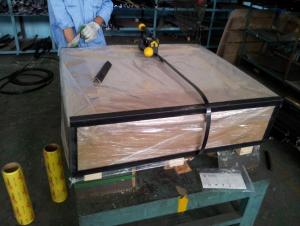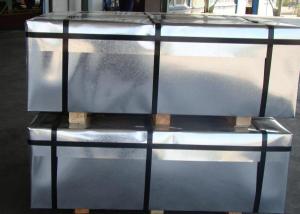High Quality of Tinplate for Cookie Can
- Loading Port:
- China Main Port
- Payment Terms:
- TT OR LC
- Min Order Qty:
- -
- Supply Capability:
- -
OKorder Service Pledge
OKorder Financial Service
You Might Also Like
Our tin plate (TP) products are made by coating tin using electrolysis on the surface of thin coldrolled steel sheet (black plates), with a thickness of 0.14~0.6 mm. Its shiny surface finish, superb corrosion resistance and formability make tin plates an ideal choice for the food industry and industrial parts producers. Our tin free steel sheet (ECCS) is widely accepted as a more economical substitute for the tin coated steel. Our TP/TFS products are widely used in the production of 3-piece and 2piece (D&I, DRD) cans as well as can lids and bottoms. Our products serve a variety of purposes, including material for steel EOE, toys, and electronic parts.
Our Tinplates Specification:
Standard: ISO 11949 -1995, GB/T2520-2000,JIS G3303,ASTM A623, BS EN 10202
Material: MR,SPCC
Thickness:0.15mm - 0.50mm
Width: 600mm -1150mm
Temper: T1-T5
Annealing: BA & CA
Coil Inner Diameter: 508mm
Weight: 6-10 tons/coil 1~1.7 tons/sheets bundle
Passivation:311
Oil: DOS
Surface: Finish,bright,stone,matte,silver
Packing:
1、For sheets: plastic or waterproof paper, metallic cover and angles, steel strips,wooden pallet.
2、For Coils: plastic or waterproof paper,plastic protect plate,steel strips.
Both Prime and Second Quality Are Available!!!
- Q: What printing methods are used on tinplate?
- The commonly used printing methods on tinplate include lithography, offset printing, and screen printing.
- Q: What are the different ways to open tinplate containers?
- There are several different ways to open tinplate containers, depending on their design and intended purpose. Common methods include using a can opener, pulling a tab or ring pull, twisting off a lid, or using a tool like a pry bar or knife to pry the lid off.
- Q: What are the properties of tinplate?
- Tinplate is a type of steel coated with a thin layer of tin, which gives it several advantageous properties. It is highly corrosion resistant, making it ideal for packaging food and beverages. Tinplate is also malleable, allowing it to be easily formed into various shapes and sizes. It has excellent solderability, enabling tight and secure seals. Additionally, tinplate offers good heat resistance, electrical conductivity, and is lightweight.
- Q: How is tinplate used in the wine and spirits industry?
- Tinplate is commonly used in the wine and spirits industry for packaging purposes. It is often used to make metal cans, closures, and caps for wine and spirits bottles. Tinplate provides a protective and durable barrier against light, air, and moisture, ensuring the quality and shelf life of the product. Additionally, the smooth and shiny surface of tinplate enhances the overall aesthetics of the packaging, giving it a premium and sophisticated look.
- Q: What are the common decorative options for tinplate packaging?
- Some common decorative options for tinplate packaging include embossing, lithography, and spot varnishing. Embossing involves creating raised designs on the surface of the tinplate, adding texture and visual interest. Lithography is a printing technique that allows for vibrant colors and intricate designs to be applied to the tinplate. Spot varnishing is a method of selectively applying a glossy finish to certain areas of the packaging, creating a contrasting effect. These decorative options can enhance the overall aesthetic appeal of tinplate packaging and make it more visually appealing to consumers.
- Q: What are the different tinplate surface finishes?
- Some common tinplate surface finishes include bright finish, stone finish, and matte finish.
- Q: How does tinplate contribute to the preservation of historical artifacts?
- Tinplate contributes to the preservation of historical artifacts by providing a protective coating that helps prevent corrosion and deterioration. The thin layer of tin on the surface of tinplate acts as a barrier, shielding the artifacts from exposure to air, moisture, and other harmful elements that can accelerate the degradation process. This preservation technique helps extend the lifespan of historical artifacts, ensuring they can be enjoyed and studied by future generations.
- Q: What are the main applications of tinplate in the pet food industry?
- Tinplate is commonly used in the pet food industry for packaging purposes. It offers excellent protection against oxygen, light, and moisture, which helps to maintain the freshness and quality of pet food. Additionally, tinplate cans are easy to open and reseal, making them convenient for pet owners. The material is also recyclable, making it an environmentally friendly choice for packaging.
- Q: What are the main challenges in tinplate supply chain management?
- The main challenges in tinplate supply chain management include ensuring availability and quality of raw materials, managing transportation and logistics efficiently, maintaining a smooth production flow, dealing with fluctuating demand and market conditions, and ensuring effective communication and collaboration among all parties involved in the supply chain.
- Q: What are the common labeling options for tinplate containers?
- The common labeling options for tinplate containers include adhesive labels, shrink sleeves, direct printing, and lithographic printing.
Send your message to us
High Quality of Tinplate for Cookie Can
- Loading Port:
- China Main Port
- Payment Terms:
- TT OR LC
- Min Order Qty:
- -
- Supply Capability:
- -
OKorder Service Pledge
OKorder Financial Service
Similar products
Hot products
Hot Searches
Related keywords
